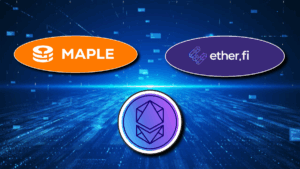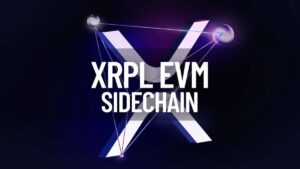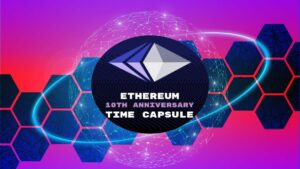Knowing Vitalik Buterin, the Ethereum founder, the blockchain industry takes him seriously whenever he speaks. In a recent OmiseGO AMA session, Buterin revealed that with the Sharding and Plasma second-layer implementation, Ethereum would be able to process 1 million transactions per second and potentially 100 million transactions per second in the near future.
Buterin, who in previous meetings had admitted that the Ethereum Network and blockchain in general was struggling with scalability issues, sees the light at the end of the tunnel through the second-layer solutions.
In an interview in September 2017, Buterin had told venture capitalist, Naval Ravikant that Bitcoin and Ethereum were processing just three to six transactions per second, expressing that for the networks to support mainstream applications such as Internet of Things (IoT) networks, payment networks such as VISA or the stock exchanges like NASDAQ, they would need capacities that process hundreds of thousands of transactions per second.
In the interview, he stated,
“Bitcoin is currently processing a bit less than three transactions per second and if it goes close to four, it is already at peak capacity. Ethereum has been doing five per second and if it goes above six, then it is also at peak capacity. On the other hand, Uber on average does 12 rides per second, PayPal several hundred, Visa several thousand, major stock exchanges tens of thousands, and in IoT, you’re talking hundreds of thousands per second,”
In the OmiseGO AMA session, Buterin said that the second-layer solutions which are already being tested on the Ethereum testnet could enable the network handle large scale applications with the capacity of millions of transactions using innovative approach in optimizing the blockchain.

Sharding basically breaks the network into shards, the different shards are then equipped with nodes that are assigned shards to work on and process information therein. This means that nodes no longer need to process every piece of data in the whole network.
Joseph Poon, the co-developer of the Bitcoin Lightning Network and Buterin developed the Plasma solution which works like the Bitcoin Lightning Network, essentially creating child blockchain within the main blockchain. This enables quicker processing of data while ensuring that the network is not open to attack since it is still within the security of the main Ethereum protocol.
Buterin said that Sharding will increase scalability of the Ethereum network by 100 times while Plasma will do the same. The synergy of both layers would give the Network the capacity to process millions of transactions, enabling them to handle most applications.
“The reason I think layer 1 and layer 2 [networks] are complementary is because ultimately, if you look at the math, the scalability gains from the layer 1 improvements and layer 2 improvements do ultimately multiply with each other. If you have a Sharding solution, the Sharding solution itself might increase the scalability of Ethereum by a factor of 100, or eventually even more. But then, if you do Plasma on top of the scalability solution, then what that means is, you’re not just doing 100 times of the amount of activity but you are doing 100 times the amount of entrances, the amount of exits, and despite resolutions,” he said.












